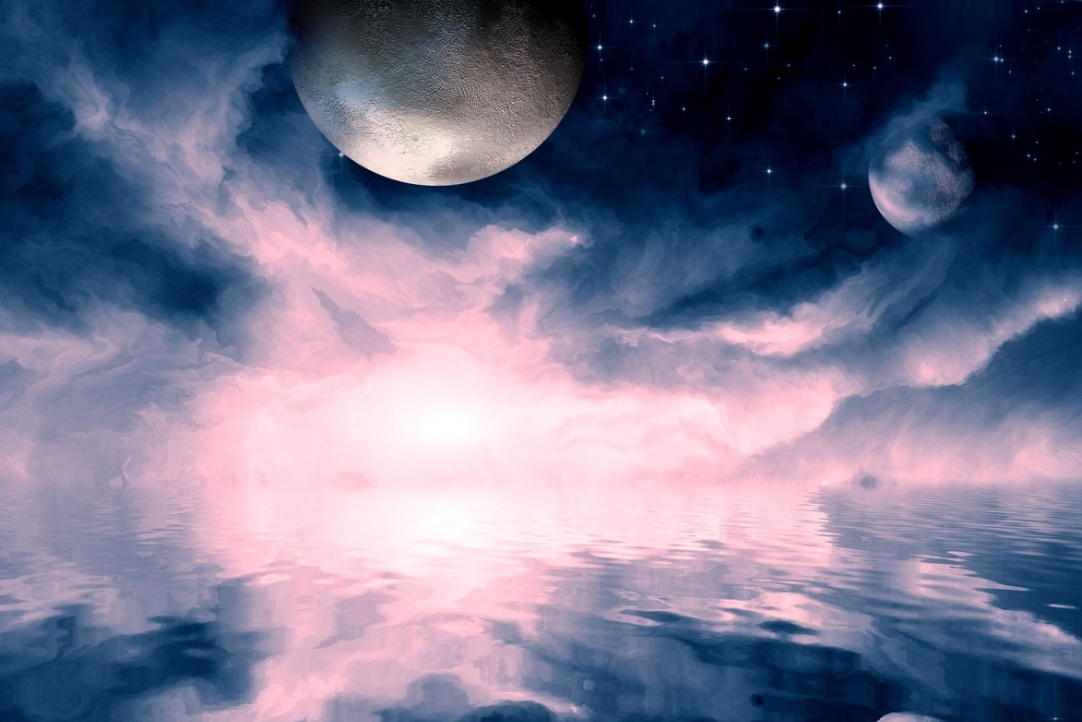
Russian Scientists Discover One of the Mechanisms of Water Formation on the Moon
The results of recent study conducted by the NASA Lunar Reconnaissance Orbiter, the agency’s automatic interplanetary station, show the existence of a ‘permafrost’ near the poles of the Moon with a relatively high content of water ice (up to 5% by weight). It is believed that water ice could supply a life support system for the future Russian Lunar Station and that it could also produce hydrogen-oxygen fuel for flights into deep space.
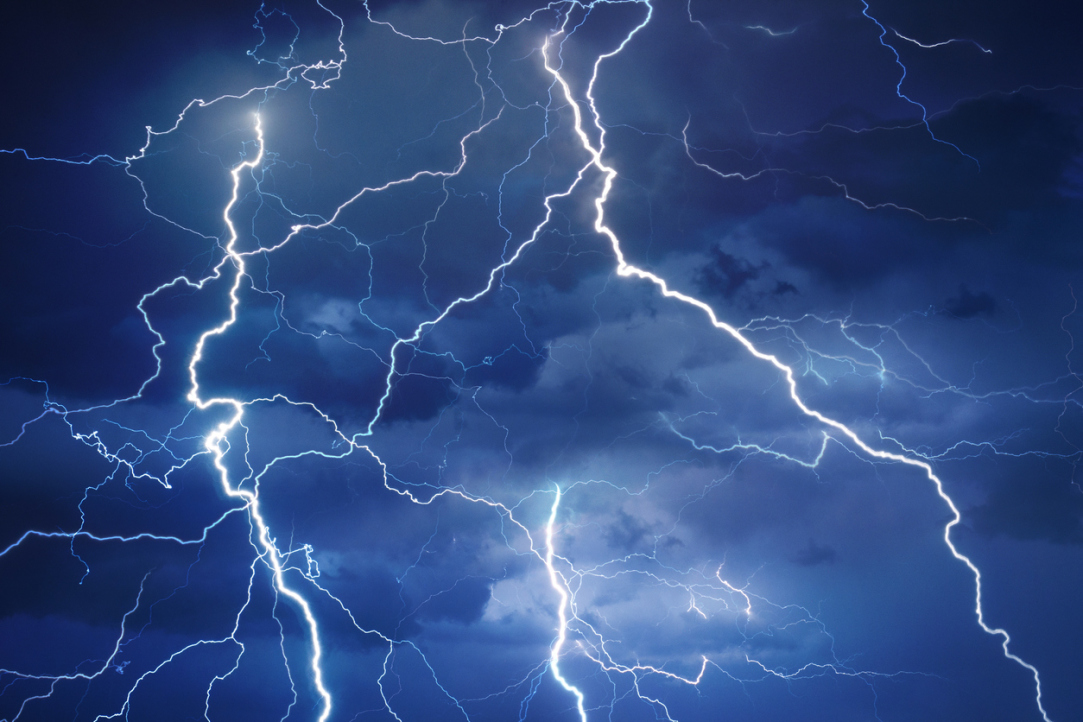
MIEM HSE Scientists Come Closer to Unraveling the Mystery of Cloud Lightning Movement
At the general meeting of the Russian Academy of Sciences (RAS), held on April 23, research by Alexander Kostinskiy, Vladimir Rakov and Mikhail Andreev conducted in collaboration with their colleagues from academic institutes on the modeling and development of lightning was acknowledged as one of the most significant Russian scientific achievement in 2018.
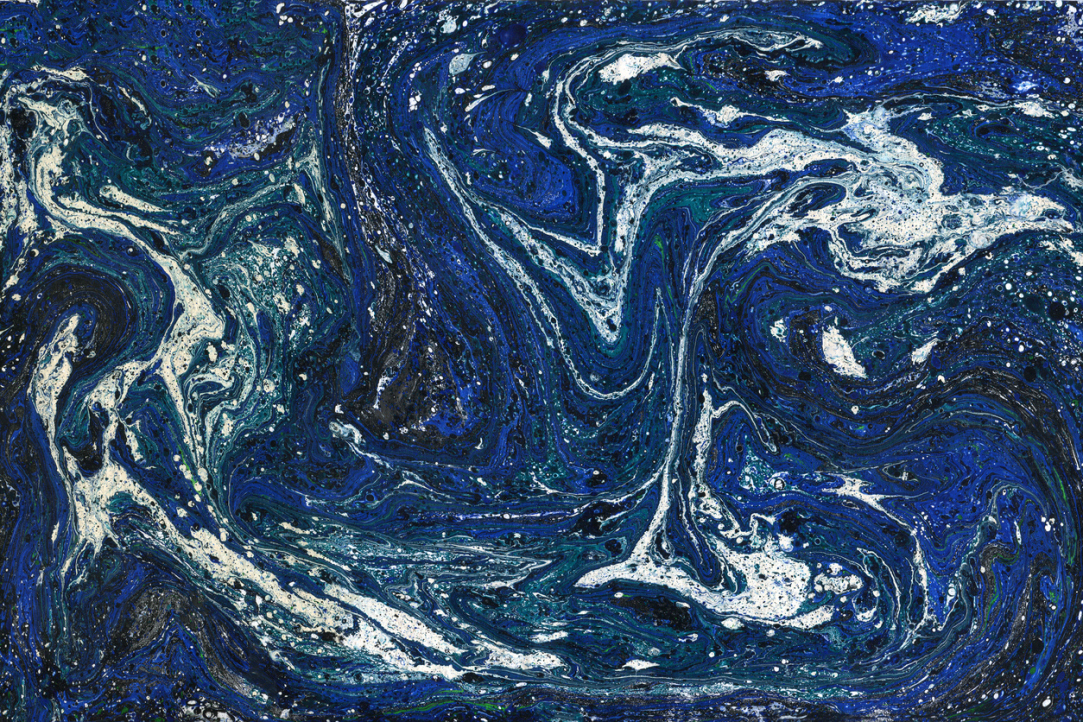
Researchers Discover CP Violation in Charm Meson Decays
Researchers from HSE University and Yandex, as part of the LHCb collaboration at CERN, have been the first to discover CP violation in charm meson decays.
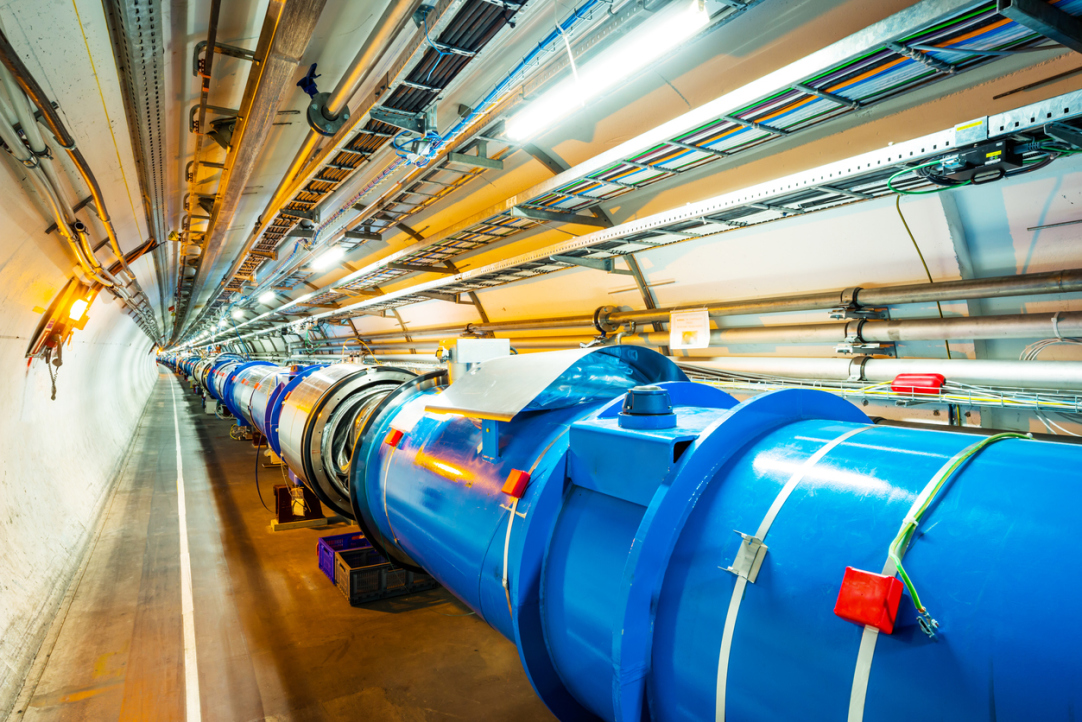
Artificial Intelligence Learns to Predict Elementary Particle Signals
Scientists from HSE University and Yandex have developed a method that accelerates the simulation of processes at the Large Hadron Collider (LHC). The research findings were published in Nuclear Instruments and Physics Research Section A: Accelerators, Spectrometers, Detectors and Associated Equipment.
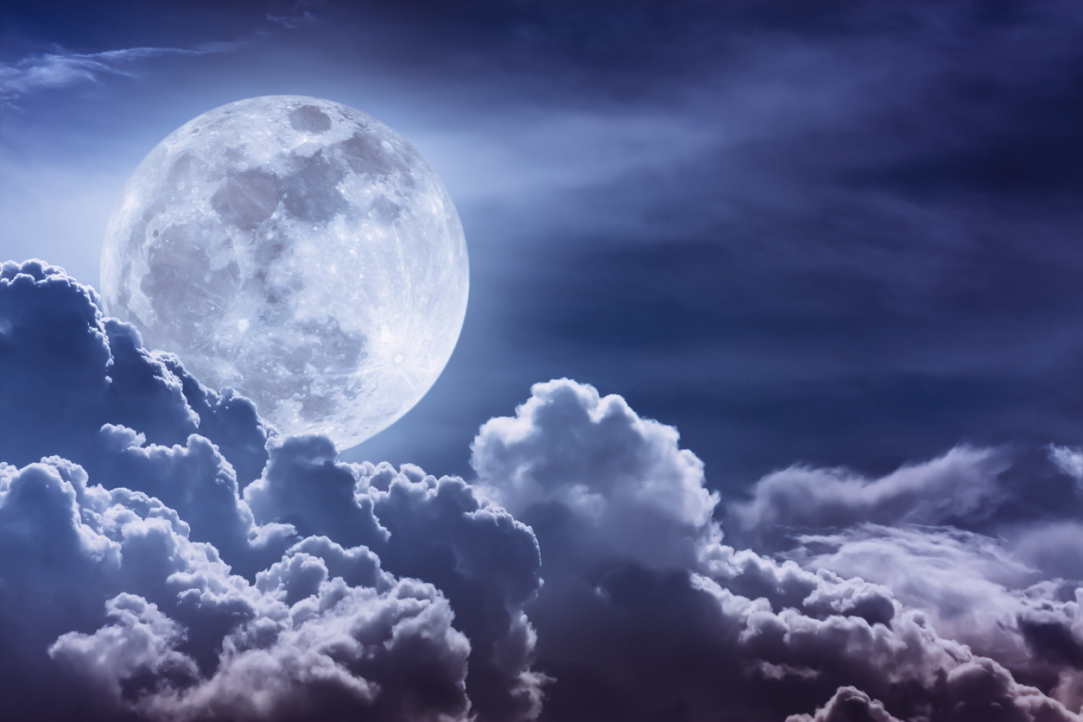
Scientists Explain Formation of Lunar Dust Clouds
Physicists from the Higher School of Economics and Space Research Institute have identified a mechanism explaining the appearance of two dusty plasma clouds resulting from a meteoroid that impacted the surface of the Moon. The study was published in JETP Letters.
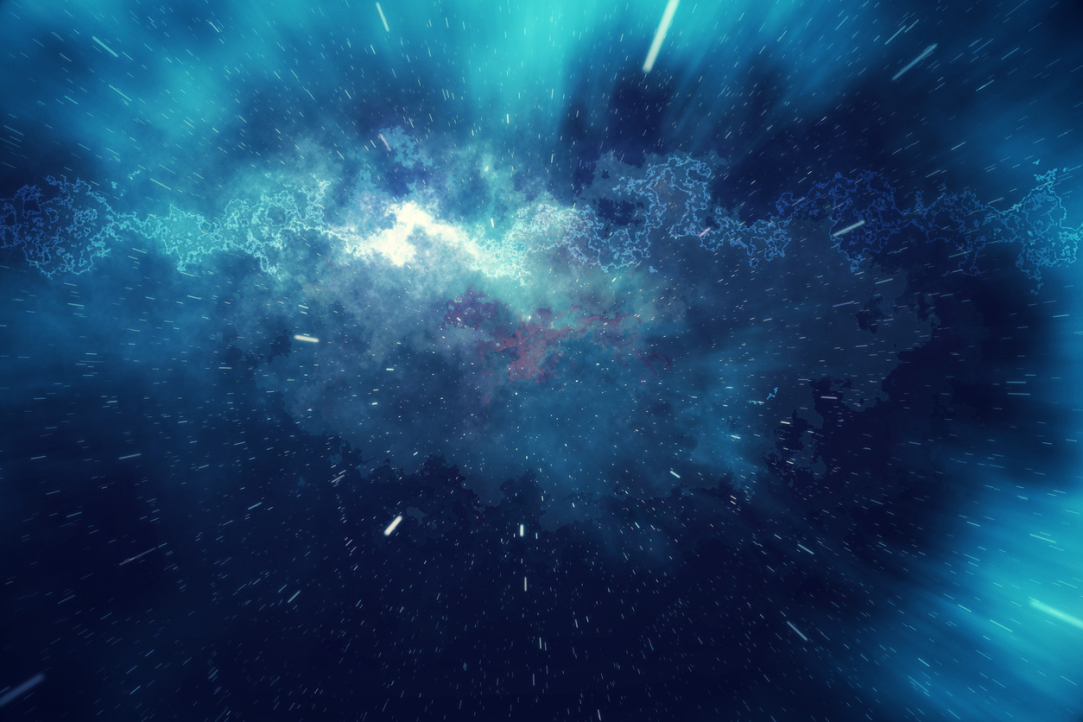
HSE Faculty of Physics Looking for Young Laboratory Heads in Breakthrough Fields
HSE University is pleased to announce an international competition for experimental research laboratories in such breakthrough fields of contemporary physics as Quantum Technologies and Novel Functional Materials. The winners will have a chance to head and develop new research laboratories based out of the HSE Faculty of Physics.
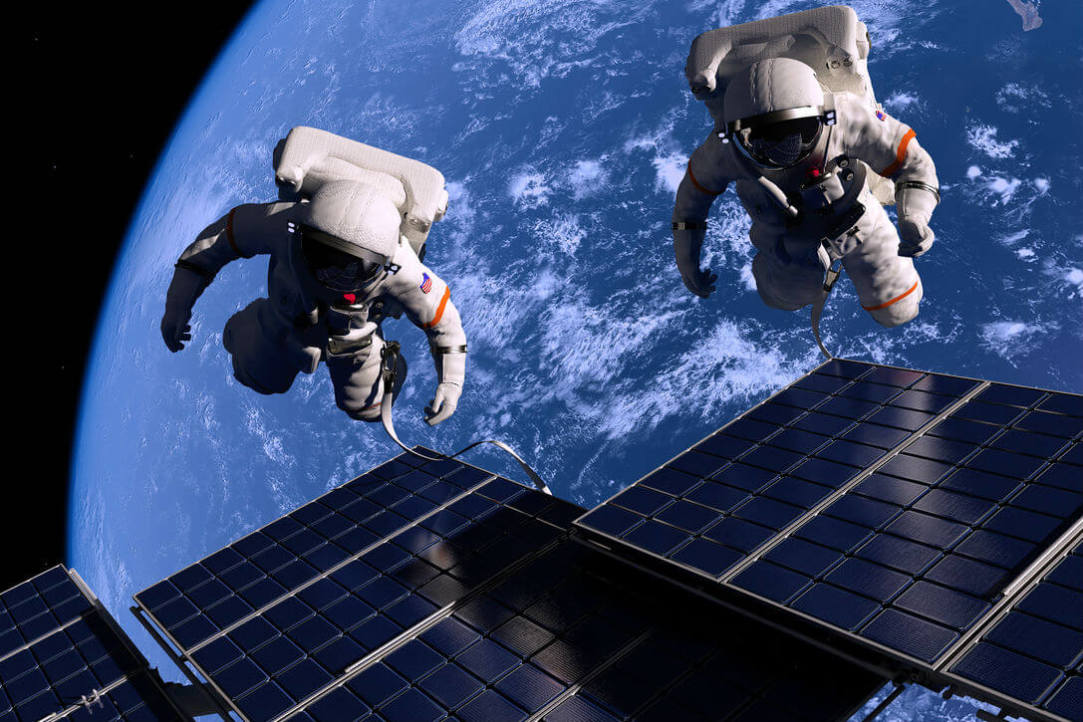
In a Galaxy Far, Far Away
Natalia Lyskova is spending her 2nd year as a postdoc at HSE Faculty of Physics working in a Joint Department of Space Physics with the Space Research Institute at the Russian Academy of Sciences. The HSE Look talked to her about the ongoing research and upcoming plans.
Students in the Faculty of Physics Take Third Place at All-Russian Student Olympiad in Theoretical Mechanics
They took third place in team competitions and received II and III level certificates in the personal competition. The Olympiad was held in Kazan, with 106 students from 30 Russian university teams taking part in individual and team competitions (theoretical and computer).
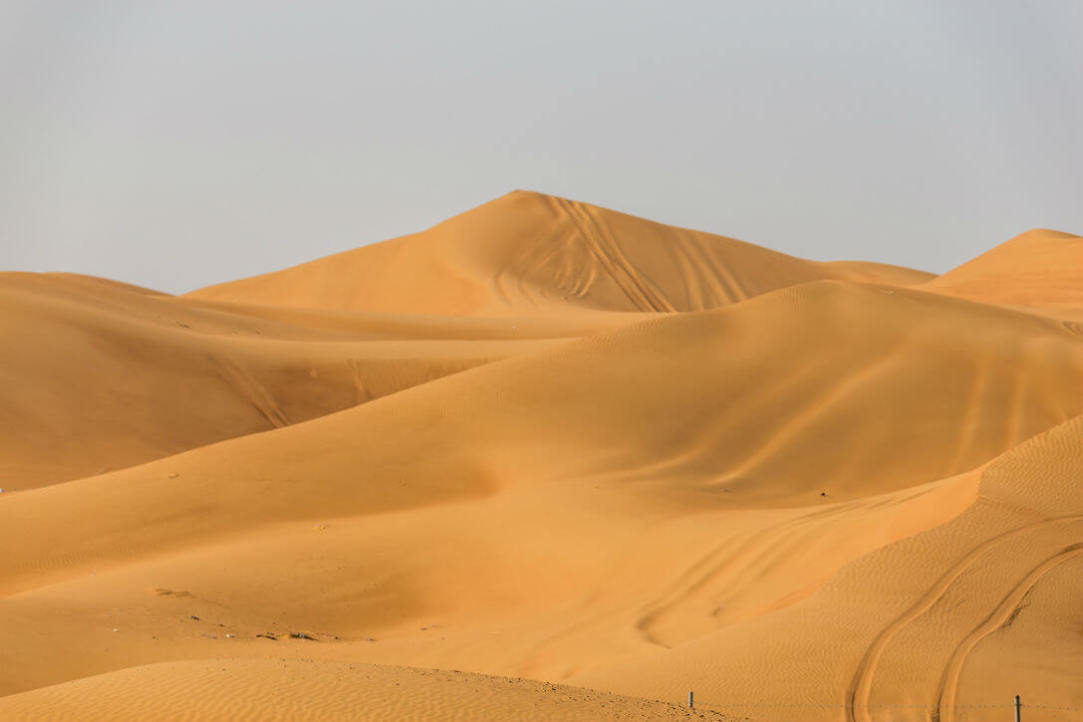
Mathematicians Propose First Continuous Self-organised Criticality Model
An international group of researchers (the first author is Nikita Kalinin, HSE Saint-Petersburg, the last author is Ernesto Lupercio, CINVESTAV, Mexico) has presented the first continuous model describing self-organised criticality. The proposed solution is simpler and more universal than the classical sandpile model: it integrates areas as remote from one another as economics, developmental biology and gravity in the context of tropical geometry. The paper was published in PNAS.
Researchers Determine Space Weather near Earth’s Closest Exoplanet
Researchers from the Higher School of Economics and Space Research Institute (Russia) have calculated the main parameters that determine space weather close to the nearest Earth-like exoplanet, Proxima Centauri b. Such parameters include solar wind, as well as galactic and solar cosmic rays. The results of the research were published in Astronomy Letters.

